Flashback: Firefox OS burns down, KaiOS rises from the ashes

The browser wars of the 90s and 2000s saw the dominant player - Microsoft's Internet Explorer - locked in a David and Goliath battle against Firefox, an open-source browser that was spun off from work at Netscape.
A decade later another software war began - Microsoft was involved again with Windows Mobile, but the Goliath in this case was Symbian lead by Nokia. You should be familiar with the two Davids that took it on - Apple's iPhone and Google's Android project.
However, today's story is about Firefox OS, which was developed by Mozilla, the same community that had been working on the Firefox browser since the late 90s. Mozilla wanted to bring its principles of openness, security and privacy to the smartphone market and some smartphone makers were receptive to a new alternative to Android.
 Geeksphone Peak
Geeksphone Peak
The first phones came out in 2013, the Geeksphone Keon and Peak. These highly affordable devices (€91 and €149) were aimed at developers as they run a still-not-complete version of the OS. They were powered by Qualcomm Snapdragon chipsets (S1 for the Keon and S4 for the Peak) with just 512MB of RAM and 4GB storage.
2013 saw some major players release their own Firefox OS phones. The alcatel One Touch Fire (built by TCL) and ZTE Open came out in July. Like the Keon, they ran on the S1 chipset with even less RAM (256MB) and had tiny 3.5" 320 x 480px screens (hey, that was good enough for the original iPhone in 2007).
The LG Fireweb rounded off the year. Though it had a larger 4" display (320 x 480px) and 512MB of RAM, it was still an entry-level device. That was part of the plan, Firefox OS wanted to be accessible to everyone and that precluded premium prices. Or perhaps everyone not too busy with Android was already trying to make Windows Phone work and didn't have time for another project.
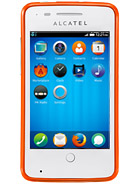
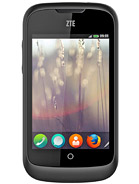
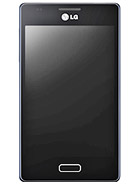
alcatel One Touch Fire • ZTE Open • LG Fireweb
Before we press on, let's talk about Firefox OS. As you can tell from the name, it used Firefox as its web browser, rather than something based on WebKit (like both Apple's Safari and Google's Chrome).
But it was more than that - iOS and Android have their own UI toolkits that were used to build apps. That made the apps less portable and required learning new tools if you wanted to make an app.
Mozilla was aiming for openness and accessibility, so it decided that apps will be just like web apps - written in HTML, CSS and JavaScript. To get your start with those all you needed is a computer that can run a text editor and a web browser, basically every computer sold in the last two decades would do. So, Firefox wasn't just the default browser, it was the app runtime as well.

Like Android, Firefox OS used the Linux kernel. In fact, Mozilla was able to hit the ground running by adopting code developed for Android phones. This includes things like the Android Hardware Abstraction Layer (HAL), which smoothed out differences between the various platforms - most FF OS phones ran on Snapdragons, but not all (e.g. one Geeksphone used an Intel Atom Z chip, remember those?). You can read our Firefox OS review from 2014 if you want to learn more about the platform - what it felt to use rather than the internal details.
Alcatel (TCL) and ZTE remained the primary hardware partners for Firefox OS with devices like the Fire S and Open L, which were on the verge of being mid-range. Huawei dipped its toe in 2014 with the Huawei Y300II.
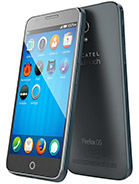
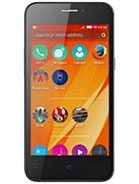
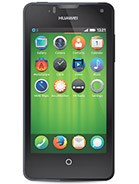
alcatel Fire S • ZTE Open L • Huawei Y300II
There were tiny devices like the alcatel Pixi 3 (3.5) with its 3.5" display and even some tablets, for example, the alcatel Fire 7 (its 7" display had 540 x 960px resolution, which was tough on the eyes).
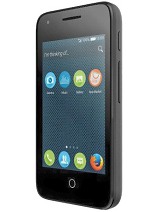
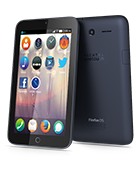
alcatel Pixi 3 (3.5) Firefox • alcatel Fire 7
Firefox OS also reached Japan when LG had another go - the LG Fx0 for KDDI was designed by Tokujin Yoshioka. It was a curious-looking device with transparent exterior panels. And it was the most high-tech FF OS phone ever - with a decently fast Snapdragon 400 chipset, 1.5GB of RAM, 16GB storage and a 4.7" IPS LCD with 720p resolution. It sold for JPY 50,000 ($415/€340), making it the most expensive Firefox device at the time.

These 2015 releases also marked the end of the road for Firefox OS. Mozilla officially declared time of death in December 2015. None of the phones were major sellers despite their affordable prices (or perhaps because of their rock bottom specs).
Before we tackle the subject of life after death, we wanted to quickly mention a few oddball devices based on Firefox OS. A Kickstarter project tried to build a Chromecast competitor dubbed Matchstick TV. That ended in failure over difficulties of dealing with DRM (which is vital for streaming).
 The Matchstick TV, a failed Firefox OS powered Chromecast competitor
The Matchstick TV, a failed Firefox OS powered Chromecast competitor
VIA made a couple of single-board computers (think Raspberry Pi) that were named Rock and Paper. Panasonic released a smart TV (CX700) based on the OS as well.
 The Panasonic CX700 was a Firefox OS smart TV
The Panasonic CX700 was a Firefox OS smart TV
Firefox the browser was originally known as Phoenix, named after the mythical firebird that rose from the ashes of its predecessor (symbolic as it was seen as rising from the ashes of Netscape Navigator). This was later changed (because of a trademark dispute with BIOS maker Phoenix Technologies) to Firebird (but that name also clashed with another company). Eventually the reborn browser was renamed Firefox and a red panda became its symbol.
Like its namesake browser, Firefox OS would be reborn from the ashes. After Mozilla pulled out, a community formed to continue developing "B2G OS" (Boot 2 Gecko, Gecko being the layout engine of Firefox). This later served as the basis of KaiOS.
ZTE is heavily involved in the project, continuing its work on the Open devices. KaiOS should also be familiar to you from the throwback Nokia devices - the Nokia 8110 4G, 6300 4G and 2720 V Flip.
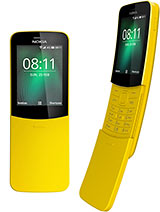
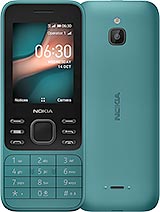
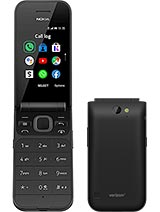
Nokia 8110 4G • Nokia 6300 4G • Nokia 2720 V Flip
Another familiar face returned with the likes of alcatel 3088, alcatel Go Flip 3 and Go Flip V.
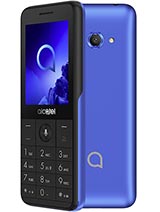
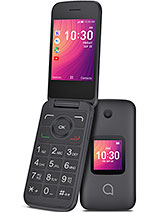

alcatel 3088 • alcatel Go Flip 3 • alcatel Go Flip V
Interestingly, KaiOS has created a sub-genre of rugged phones, the likes of the Nokia 800 Tough, Cat B35, Energizer E282SC and Plum Ram 9.
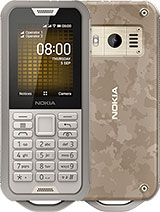
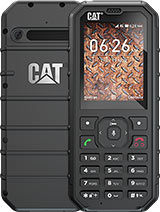
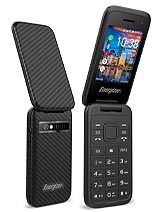
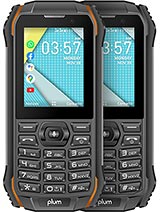
Nokia 800 Tough • Cat B35 • Energizer E282SC • Plum Ram 9
Indian carrier Jio also used KaiOS for the original JioPhone and the JioPhone 2, though it is moving away from that in favor of the Android-based Pragati OS.
 The JioPhone 2
The JioPhone 2
Millions of KaiOS phones have been sold - back in February 2018 that number was at 30 million. Unfortunately, KaiOS doesn't espouse the open nature of Firefox OS and some parts are closed source. KaiOS never outgrew Firefox OS's preference for low-end devices, again, that is the whole point of the platform - to power phones that are too cheap for even Android Go.
Say what you will about it, but KaiOS is more successful than Firefox OS ever was. Did Mozilla give up to soon? Or did it simply fail to find the right hardware partners? It doesn't matter now, Android won and it is the open source phone OS of choice.
Firefox OS wasn't the only smartphone OS based on web technologies and not the first either. We have already looked back at Palm's webOS, whose interface was ahead of its time, but its time as a smartphone OS was short. After a short stint at HP it now the OS that powers LG's smart TVs (LG never made a smart TV with Firefox OS, unlike Panasonic).
Related
Reader comments
- melonion
- 26 Jun 2023
- J5I
> ZTE is heavily involved in the project, continuing its work on the Open devices. Source? The last open device I found was 2015 the ZTE Open L which was canceled
- Dali
- 30 Jan 2023
- jSX
QIn F30 It is a special production for the American market. with matching frequencies.
- Anonymous
- 23 Dec 2022
- gPu
sd
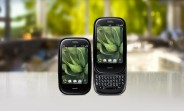







 Huawei
Huawei Samsung
Samsung Xiaomi
Xiaomi Apple
Apple Xiaomi
Xiaomi


